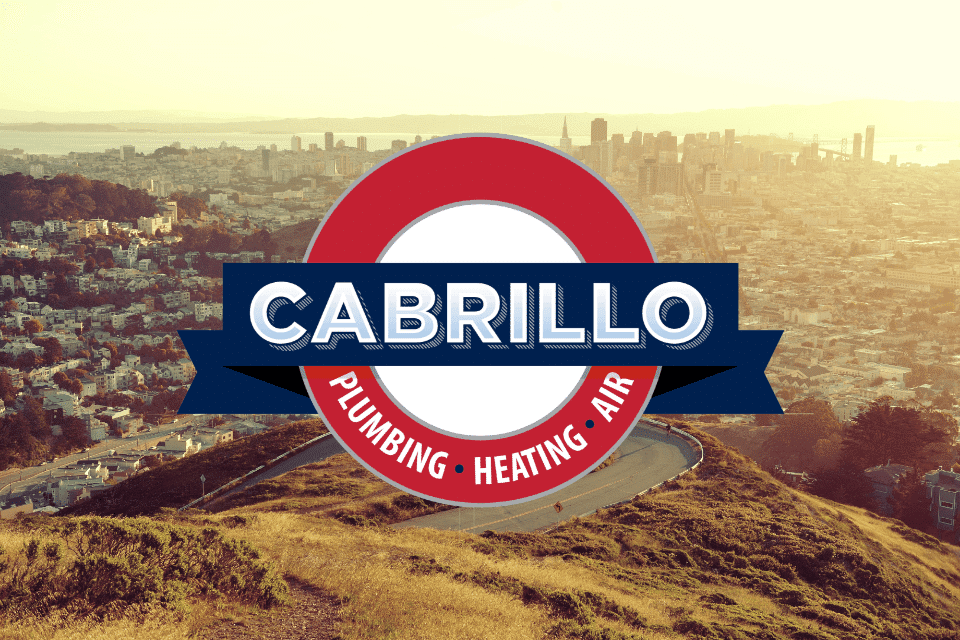
Many homes in the Bay Area suffer from cracks, leaks and openings that lead outside and allow air to flow in and out. As you might imagine, this can have a number of negative consequences on your home’s comfort and efficiency levels. Today we’re going to talk about those effects and how you can go about sealing your home’s air leaks!
Why are home air leaks problematic?
Having air leaks in your home can cause more problems that you might imagine. Some of the biggest issues include:
- Higher energy bills. When conditioned air is able to escape your home, you are throwing some of the money that you spend on heating and cooling bills right out the window. That’s because your furnace and air conditioner are forced to work harder and longer to make up for the air that is lost. This can significantly raise your monthly energy bills, even if you have a high efficiency system installed.
- An uncomfortable home. Homes with air leaks are often drafty and can have difficulty maintaining their desired temperature levels. This is not only due to the fact that conditioned air escapes, but also because unconditioned air can get inside.
- Worsened air quality. Another problem with home air leaks is that they allow unfiltered air into your home. This is especially problematic during seasons like spring when many people suffer from outdoor allergies.
Where do home air leaks most often occur?
Air leaks can develop anywhere that there is an opening between the outdoor and indoor parts of your home, such as openings for electrical wires, pipes and other plumbing materials.
The biggest problem areas for air leaks tend to be around your windows and doors. Since your windows and doors open up directly outside, they can easily develop air leaks if they are not properly sealed.
How can you go about sealing home air leaks?
- Use caulk to seal up cracks. After inspecting all of your home’s doors, windows and exterior walls, use caulk (which can be bought at a hardware store) to seal up any of the small cracks and openings that you find.
- Add weatherstripping to moving parts. Weatherstripping should be added around the moving parts of your windows and doors in order to ensure that they stay sealed when they are closed. Remember that weatherstripping wears out over time, so you should check it periodically and replace it when needed.
- Add door sweeps to your doors. Many homes have gaps at the bottoms of their doors that allow air to easily escape, even when the doors are closed. Door sweeps will close those gaps right up and help keep your doors tightly sealed.
If you have any questions about sealing home air leaks, or if you’d like a heating and cooling system serviced or installed in your home, contact Cabrillo, your Bay Area plumbing, heating and air conditioning contractor.
